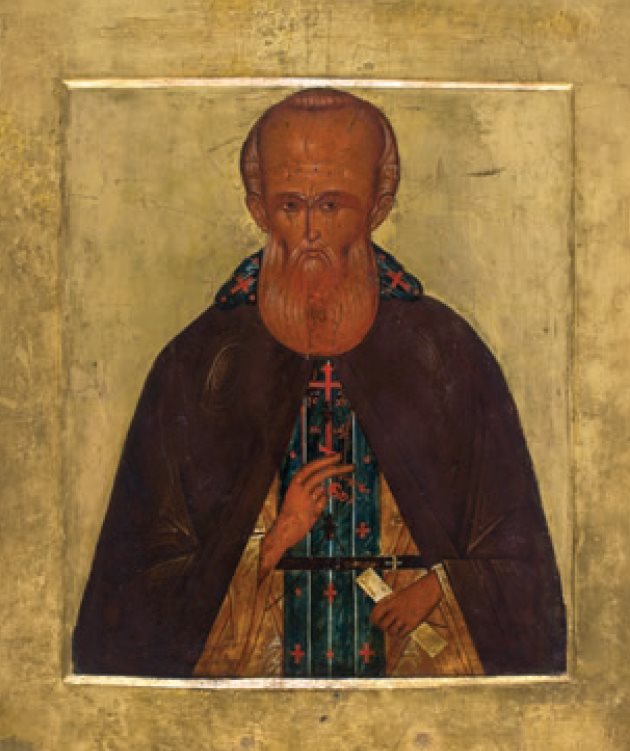Abstract
The article concerns an artefact that was assigned item number one in the inventory of the Museum of Fine Arts in Warsaw (today the National Museum in Warsaw): an icon of an unidentified saint. As suggested by its technological, stylistic and iconographic traits, the piece was produced by a Ruthenian or Russian workshop in the second half of the 17th or the first half of the 18th century. Later regilding of the background obscured the inscription identifying the saint portrayed, making it impossible to name him definitively. We do, however, know quite a bit about the object’s history from surviving source documents. It was purchased with several dozen other works in August 1862 by the Warsaw museum’s honorary director, Justynian Karnicki, at an auction held by Johann Peter Weyer in Cologne. The article is an attempt to answer questions on the reasons behind the acquisition of the artefact and, above all, on its being assigned the first number in the museum’s inventory. Discussed are the first exhibitions in which the icon was shown in the 1870s as well as the press articles covering those exhibitions. In this, the article adds to the known history of the Museum of Fine Arts (later the National Museum in Warsaw) in the first years of its existence.

This work is licensed under a Creative Commons Attribution 4.0 International License.
Copyright (c) 2022 Aleksandra Sulikowska-Bełczowska (Autor)


